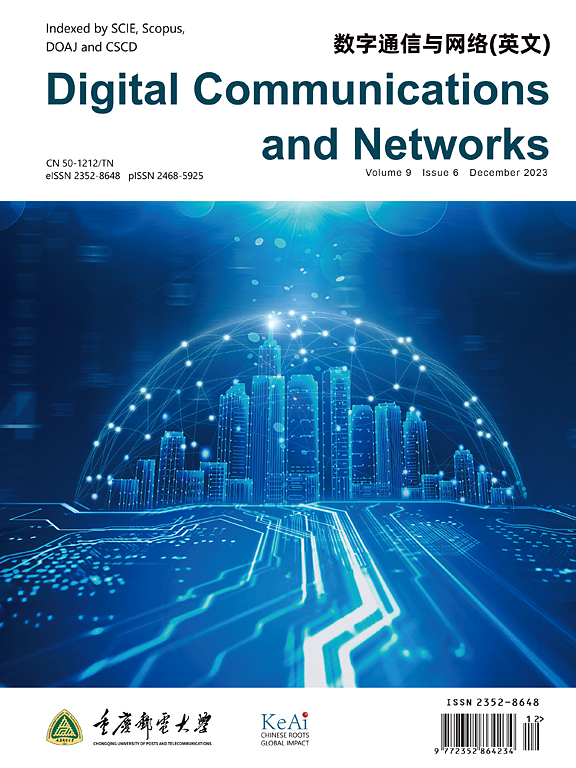异构V2X网络中基于多agent深度强化学习的资源管理
IF 7.5
2区 计算机科学
Q1 TELECOMMUNICATIONS
引用次数: 0
摘要
本文章由计算机程序翻译,如有差异,请以英文原文为准。
Multi-agent deep reinforcement learning based resource management in heterogeneous V2X networks
In Heterogeneous Vehicle-to-Everything Networks (HVNs), multiple users such as vehicles and handheld devices and infrastructure can communicate with each other to obtain more advanced services. However, the increasing number of entities accessing HVNs presents a huge technical challenge to allocate the limited wireless resources. Traditional model-driven resource allocation approaches are no longer applicable because of rich data and the interference problem of multiple communication modes reusing resources in HVNs. In this paper, we investigate a wireless resource allocation scheme including power control and spectrum allocation based on the resource block reuse strategy. To meet the high capacity of cellular users and the high reliability of Vehicle-to-Vehicle (V2V) user pairs, we propose a data-driven Multi-Agent Deep Reinforcement Learning (MADRL) resource allocation scheme for the HVN. Simulation results demonstrate that compared to existing algorithms, the proposed MADRL-based scheme achieves a high sum capacity and probability of successful V2V transmission, while providing close-to-limit performance.
求助全文
通过发布文献求助,成功后即可免费获取论文全文。
去求助
来源期刊

Digital Communications and Networks
Computer Science-Hardware and Architecture
CiteScore
12.80
自引率
5.10%
发文量
915
审稿时长
30 weeks
期刊介绍:
Digital Communications and Networks is a prestigious journal that emphasizes on communication systems and networks. We publish only top-notch original articles and authoritative reviews, which undergo rigorous peer-review. We are proud to announce that all our articles are fully Open Access and can be accessed on ScienceDirect. Our journal is recognized and indexed by eminent databases such as the Science Citation Index Expanded (SCIE) and Scopus.
In addition to regular articles, we may also consider exceptional conference papers that have been significantly expanded. Furthermore, we periodically release special issues that focus on specific aspects of the field.
In conclusion, Digital Communications and Networks is a leading journal that guarantees exceptional quality and accessibility for researchers and scholars in the field of communication systems and networks.
 求助内容:
求助内容: 应助结果提醒方式:
应助结果提醒方式:


